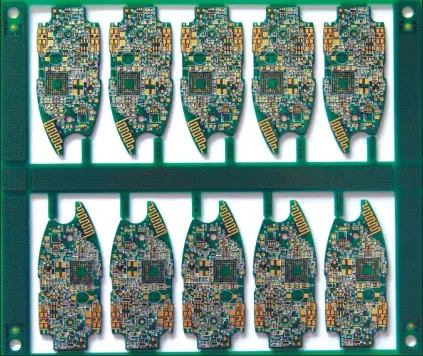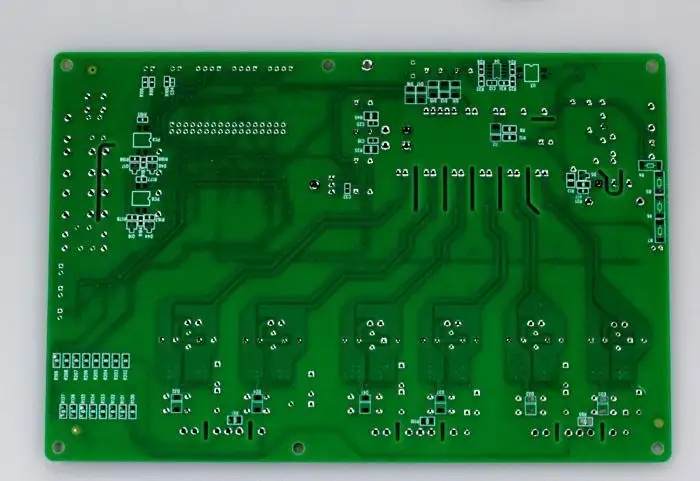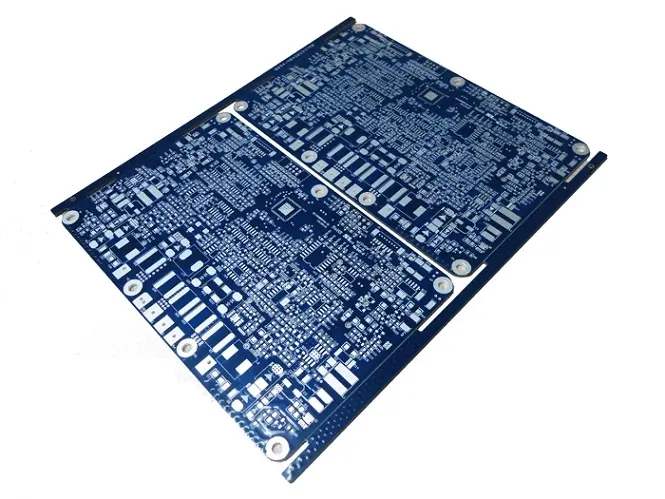
Four key points of PCB heat dissipation design are necessary for engineers
For electronic equipment, a certain amount of heat will be generated during operation, which will rapidly increase the internal temperature of the equipment. If the heat is not released in time, the equipment will continue to heat, the equipment will fail due to overheating, and the reliability of electronic equipment will decline. Therefore, it is very important to conduct good heat dissipation in PCB design. Next, I would like to introduce the four key points of PCB thermal design, which are necessary skills for PCB design engineers.
1、 Thermal copper foil is added to PCB design, and large-area power grounding copper foil is used
1. The larger the contact area, the lower the junction temperature;
2. The larger the copper coverage area, the lower the junction temperature.
2、 PCB design adds hot via
The addition of thermal via in PCB design can effectively reduce the junction temperature of devices and improve the temperature uniformity in the direction of veneer thickness, which provides the possibility of using other heat dissipation methods on the back of PCB. It is found through simulation that, compared with the device without heat dissipation via, the thermal power consumption of the device is 2.5W, the spacing is 1mm, and the center design is 6x6. The heat dissipation via can reduce the junction temperature by about 4.8 ° C, and the temperature difference between the top and bottom of the PCB is reduced from 21 ° C to 5 ° C. After changing the thermal through-hole array to 4X4, the junction temperature of the device is 2.2 ° C higher than that of 6x6, which deserves attention.

3、 PCB design IC back bare copper, reducing the thermal resistance between copper and air.
4、 PCB design layout optimization
PCB design layout requirements for high-power and thermal sensitive equipment.
1. The heat sensitive equipment shall be placed in the cold air area.
2. The temperature detection device shall be placed in a hot position.
3. On the same PCB device, it is recommended that the cooling air flow of the device with small heat or poor heat resistance (such as small signal transistor, small integrated circuit, electrolytic capacitor, etc.) should be at the inlet, and the downstream cooling air flow of the device with large heat or good heat resistance (such as power transistor, large-scale integrated circuit, etc.) should be based on the size of heat generation and the degree of heat distribution as much as possible.
4. In the horizontal direction, high-power equipment should be arranged as close to the edge of PCB as possible to shorten the heat transfer path; In the vertical direction, high-power components should be arranged as close to the top of the printed circuit board as possible to reduce the impact of these components on the temperature of other components during operation.
5. The heat dissipation of the printed circuit board in the equipment mainly depends on the air flow, so it is necessary to study the air flow path in the design and reasonably configure the equipment or printed circuit board. The air flow tends to flow in places with low resistance, so please avoid leaving large space in the area when configuring the equipment on the printed circuit board. The configuration of multiple printed circuit boards in the whole machine should also pay attention to the same problem.
6. The temperature sensitive equipment should be placed in the area with low temperature (such as the bottom of the equipment), not directly above the heating equipment. It is recommended that multiple equipment be placed in a horizontal staggered layout.
7. The equipment with high power consumption and large heat is arranged near the heat dissipation position. Do not place high-temperature equipment at the corners and edges of the printed circuit board unless there is a radiator nearby. When designing the power resistance, select the larger components as much as possible, and adjust the PCB design layout to make it have enough heat dissipation space.
The above is my introduction to the "Four Key Points of PCB Thermal Design and the Essential Skills for PCB Design Engineers" for your reference.







